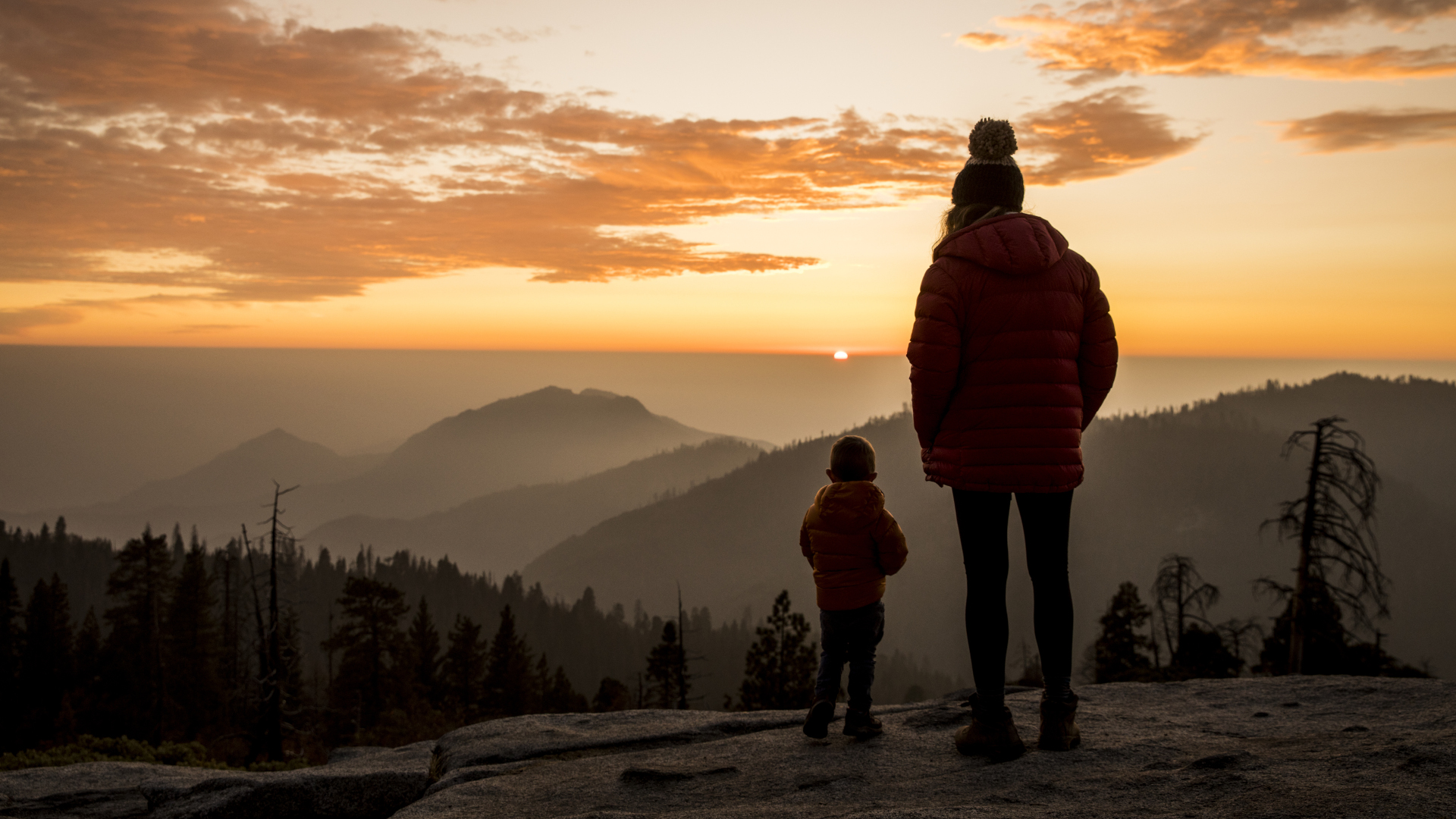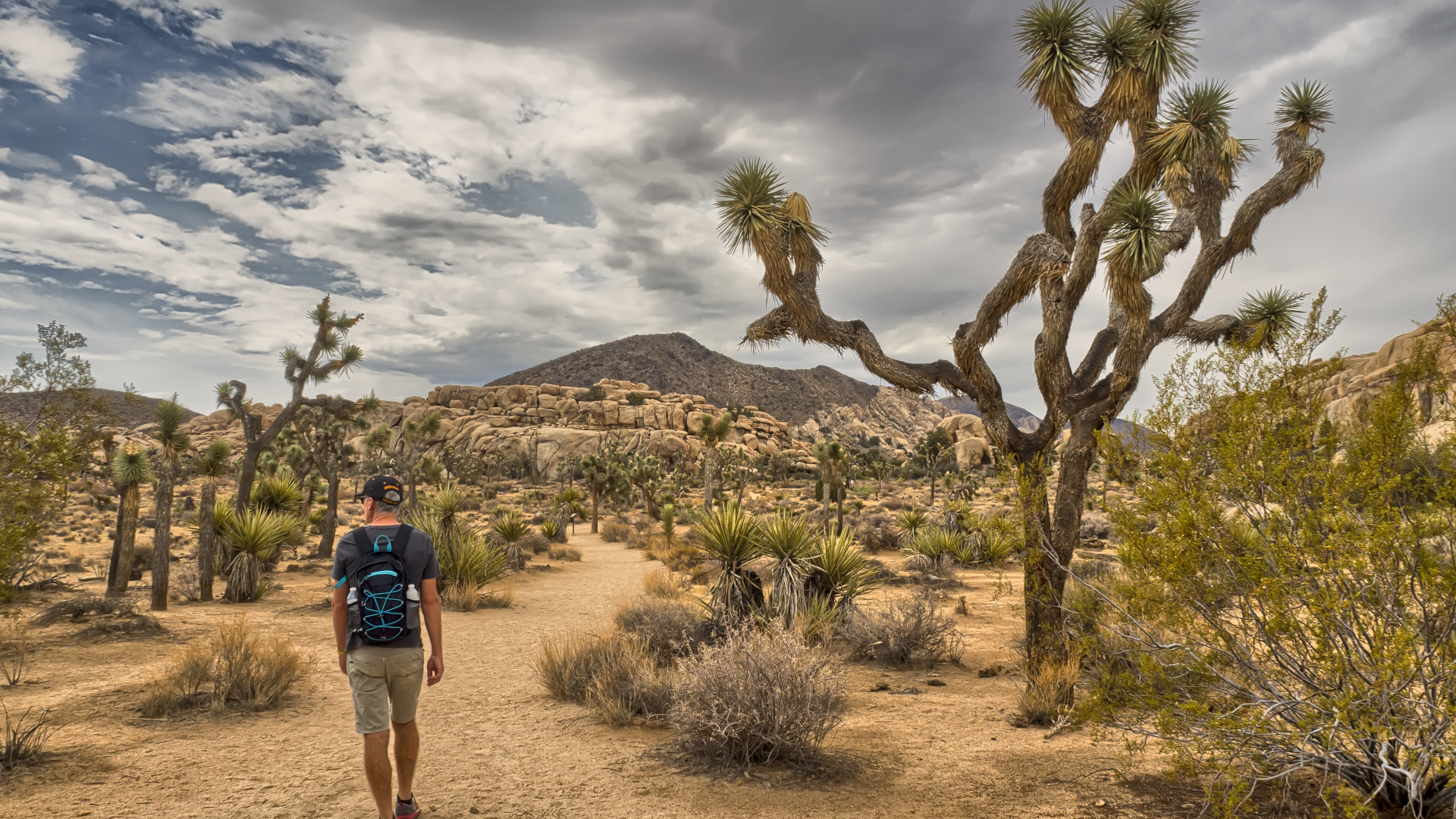
A new report has called for swift action after it revealed that a full 97 percent of National Parks have "significant or unsatisfactory levels of harm" from air pollution. The survey, carried out by the National Parks Conservation Association, provides an update from the 2019 Polluted Parks report and while it reveals "modest improvements," it's clear that there is still work to be done.
The NPCA names air pollution and climate change as "some of the most serious threats" to the health of National Parks today, in addition to wildfires, drought, sea level rise and invasive species. California's parks top the list of the 10 most polluted National Parks with parks in New Mexico, Texas, Colorado and Indiana also making the list.
Top 10 National Parks with unhealthy air
- Sequoia and Kings Canyon, CA
- Joshua Tree, CA
- Mojave, CA
- Yosemite, CA
- Carlsbad Caverns, NM
- Death Valley, CA
- Indiana Dunes, IN
- Guadalupe Mountains, TX
- Rocky Mountain, CO
- White Sands, NM

The air pollution at Sequoia and Kings Canyon is largely down to recent wildfires, such as the 2020 Castle Wildfire and 2021 KNP Complex Wildfire, which burned through tens of thousands of acres within the parks. It is believed that as many as 19 percent of the world’s mature giant sequoias may have been lost due to in recent fires.
Other threats include rising sea levels bringing saltwater into freshwater ecosystems in Everglades National Park, prolonged drought depleting grasslands in Wind Cave, and warming winters allowing the proliferation of invasive species in Shenandoah.
Sequoia and Kings Canyon also tops the list of parks with hazy skies, alongside Gateway Arch, Mammoth Cave, Carlsbad Caverns and Indiana Dunes. Nitrogen and sulfur are the top emissions that are washed out of the air by precipitation and wind up in the soil causing acidification and over-fertilization. While only a few parks have significant levels of hazy skies and unhealthy air, the vast majority of parks show significant concern when it comes to harm to nature.
Pollution in parks weakens the health of plants and animals, harms local ecosystems and negatively affects the health and enjoyment of the millions who flock to National Parks each year.

Eco hiking: how to tread lightly on the trails
Hiking seems like an activity that should leave little impact on the planet. You’re powered by your own internal motor and the only natural resource you’re using up is the air that you breathe, so how much damage can you possibly be doing? Well as it turns out, from the gear you buy to the trails you choose, your hiking adventures may be having more of an impact on the earth than you realize – or probably want.
Sustainable hiking entails caring for your gear, sticking to the trail, changing how you travel and leaving no trace. Learn more in our article on eco hiking.







